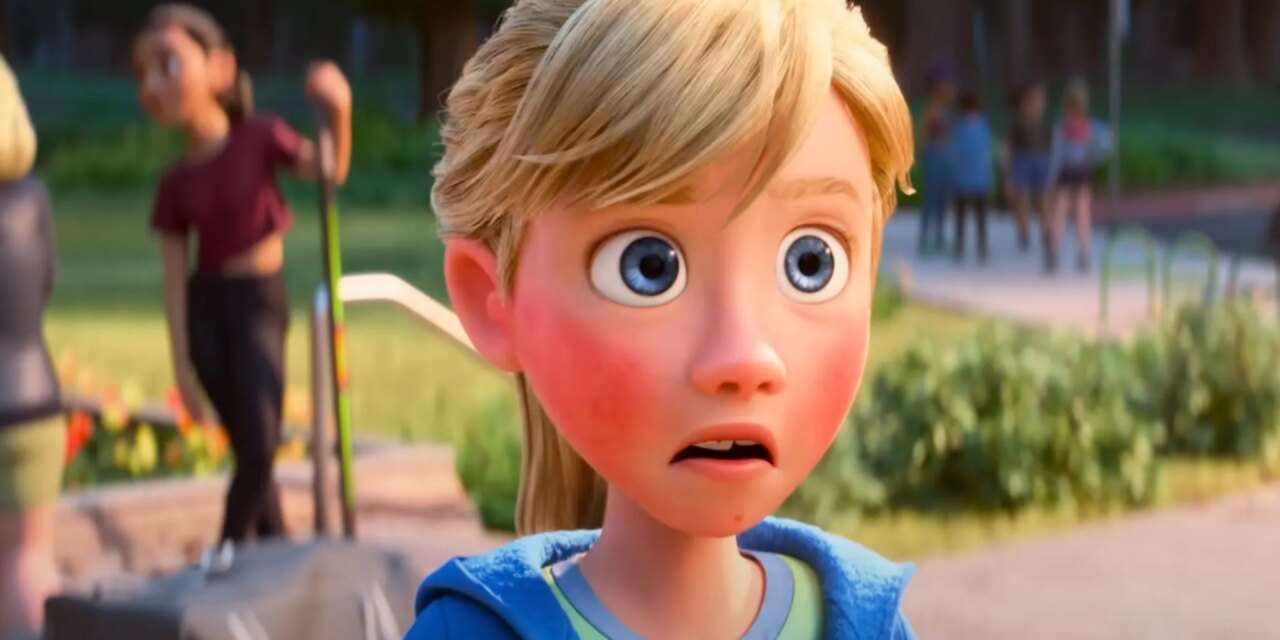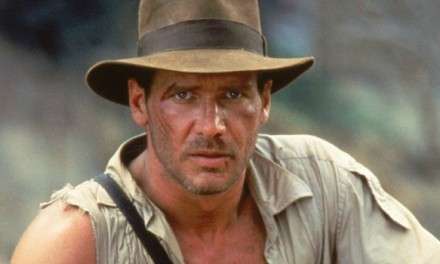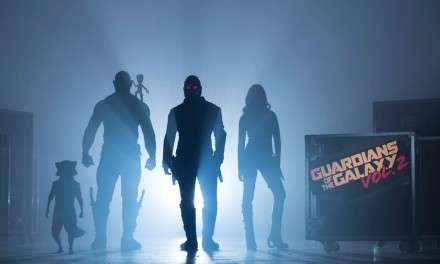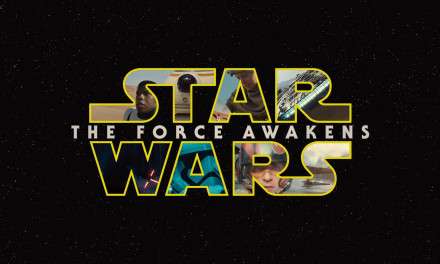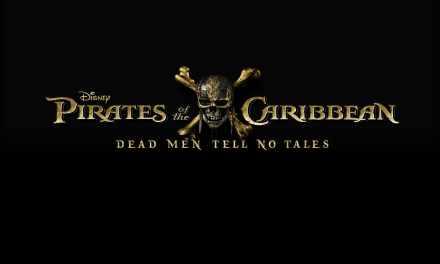Following the release of Pixar’s highly anticipated sequel Inside Out 2, Disney’s portrayal of LGBTQ+ characters is once again under the microscope. As the film hits theaters, many fans are questioning whether Disney is truly representing queer characters or simply engaging in queerbaiting.
For those unfamiliar, queerbaiting refers to the practice of hinting at LGBTQ+ characters without actually confirming their identities—appealing to queer audiences while avoiding alienating a broader one. The recent Inside Out 2 trailer saw many fans hopeful that protagonist Riley would explore her sexuality, especially after scenes suggested she might harbor feelings for a new friend. Sadly, the film confirmed Riley’s feelings were purely platonic, disappointing those who were eagerly awaiting meaningful queer representation.
Disney’s history with LGBTQ+ representation has been a mix of blink-and-you-miss-it moments and missed opportunities. Take Finding Dory, where a same-sex couple appears briefly, or the live-action Beauty and the Beast featuring a “gay moment” for Josh Gad’s character Lefou during a fleeting dance sequence. Even beloved villain Ursula, inspired by iconic drag queen Divine, was portrayed by a cisgender woman in the recent live-action remake of The Little Mermaid—another lost chance to honor the character’s roots.
However, it’s not all bleak. Disney’s Strange World showcased Ethan, a gay main character with a crush on another boy. Though it was a significant step forward, the film didn’t escape criticism for being a box office flop. In the Marvel Cinematic Universe, queer characters are often minor or background figures, with Disney sidestepping substantial representation in favor of fleeting inclusions, as seen with a brief scene in Avengers: Endgame.
The struggle for genuine representation is also influenced by international markets. As featuring queer characters can lead to movies being banned or making less profit in certain regions, Disney’s selective portrayal can be seen as a strategic decision. Nonetheless, the need for fully fleshed-out LGBTQ+ characters in mainstream media has never been more critical. The community deserves representation that isn’t merely tokenistic but substantial and impactful.
Disney has made strides in the past decade, but there’s more work to be done. What fans want are authentic, well-rounded queer storylines. It’s time for Disney to rise to the occasion and deliver on the promise of inclusive storytelling.
What do you think about Disney’s LGBTQ+ representation? Share your thoughts in the comments below and let’s keep this discussion going!
Source: Marcus Wratten

